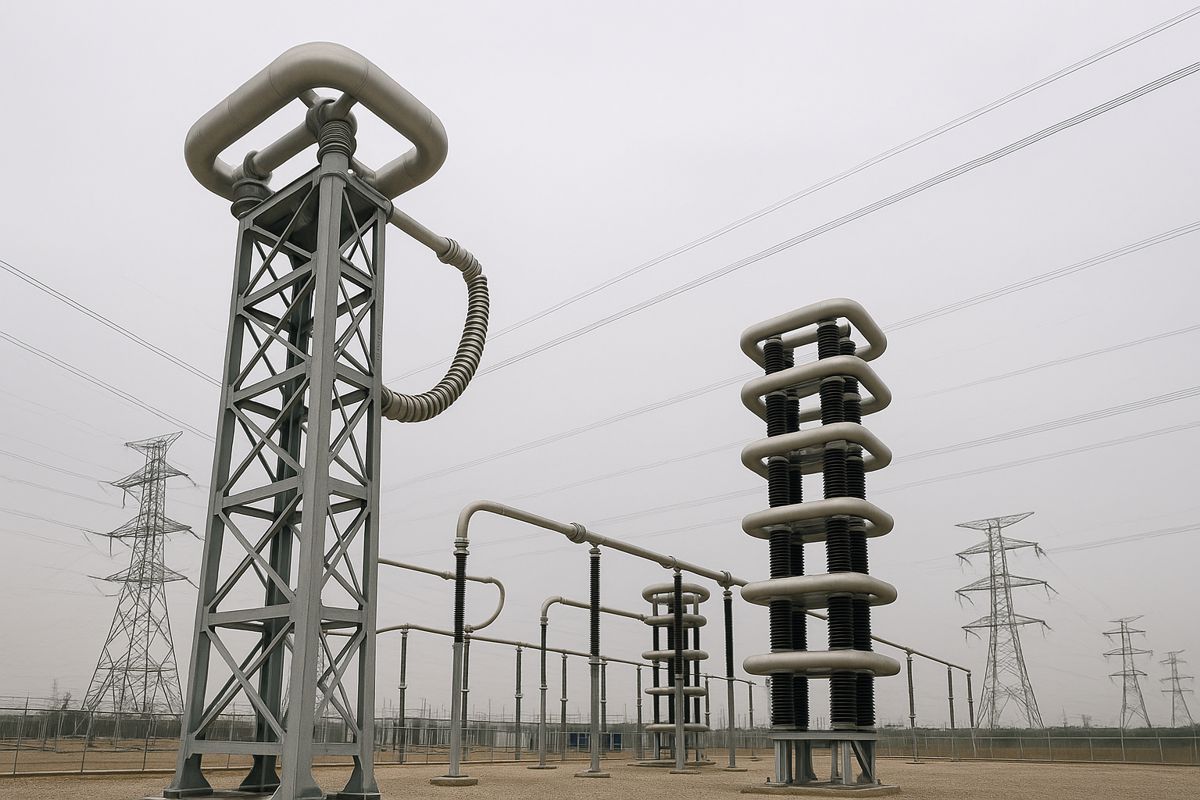Cloud ATMS with Predictive Traffic Monitoring and Alerting
As part of Umovity, Econolite and PTV Group announced today at the ITS America Conference & Expo being held at the Phoenix Convention Center, that they have introduced the industry’s only integrated Advanced Transportation Management System (ATMS)-based predictive traffic monitoring and alerting solution.
Econolite’s Centracs® Mobility, the industry-leading cloud-based ATMS now offers integration with the cutting-edge, predictive traffic monitoring and alerting solution PTV Flows.
The cloud-based software PTV Flows leverages Machine Learning (ML) and Artificial Intelligence (AI) to forecast travel times without the need for detection hardware. Now, integrating this Software as a Service (SaaS) tool with Centracs Mobility enables proactive traffic signal control decisions up to one hour in advance throughout an entire roadway network. This empowers cities and traffic operators with unparalleled insights and control, leading to a smoother, more efficient transportation network that dynamically adapts to changes and improves overall traffic management.
“The Centracs Mobility and PTV Flows integration represents a revolutionary technological advancement in the industry,” said Christian U. Haas, Umovity CEO. “Through the strategic convergence of innovations and technologies between Econolite and PTV Group, we have successfully fused PTV’s industry-leading traffic forecast solutions, and the power of Centracs Mobility to deliver the AI-driven capability to mitigate traffic bottlenecks before they occur.”
Centracs-Flows is the only ATMS solution that moves traffic signal optimization from reactive to proactive by leveraging real-time situational awareness, travel-time predictions, and AI to dynamically optimize traffic signal operations.
Centracs Mobility’s new traffic optimization module, known as Traffic Proactive, is layered on top of existing capabilities for data analytics and reporting, signal/detection management, as well as additional optimization services.
By integrating predictive capabilities into signal timing optimization, transportation agencies can now reduce response times to traffic incidents, save time, minimize disruptions, and reduce persistent congestion-related delays that negatively impact safety, commerce, and sustainable mobility.




















